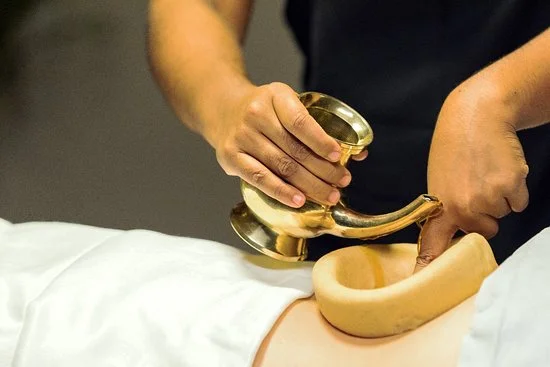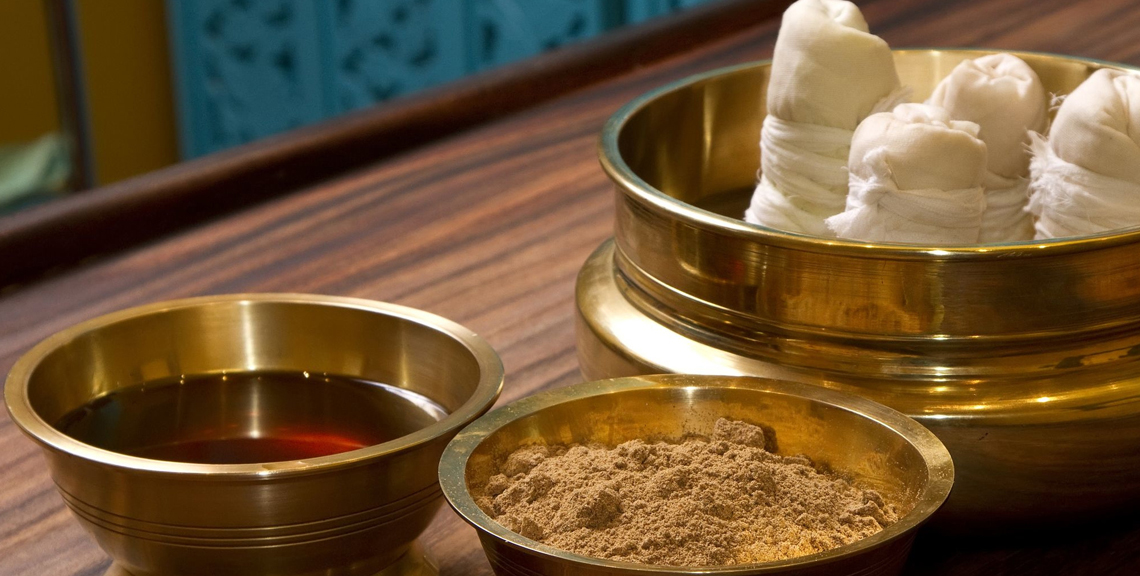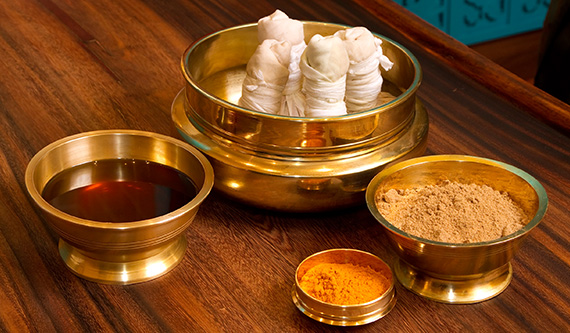Ask Ayurvedic doctor a question and get a consultation online on the problem of your concern in a free or paid mode. More than 2,000 experienced doctors work and wait for your questions on our site and help users to solve their health problems every day.
Shop Now in Our Store
Uttarbasti Procedure – Advanced Ayurvedic Therapy for Uterine Health

Introduction to Uttarbasti Procedure
The uttarbasti procedure is a specialized Ayurvedic treatment that focuses on the health of the female reproductive system. This internal therapy involves the administration of medicated herbal oils or decoctions into the uterine cavity. Uttarbasti is an essential component of Panchakarma and is widely practiced to address various gynecological conditions, enhance fertility, and restore doshic balance in the pelvic region.
Historical Roots & Ayurvedic Significance
In ancient Ayurvedic texts, the uttarbasti procedure has been described as a crucial treatment for disorders related to the uterus and ovaries. Traditionally used to correct imbalances in the female reproductive system, this procedure exemplifies Ayurveda’s holistic approach by combining physical cleansing with energetic and hormonal balancing. Its enduring significance lies in its ability to harmonize the internal milieu, thereby promoting overall reproductive health and well-being.
Key Components & Therapeutic Benefits
Herbal Formulations & Medicinal Oils
The success of the uttarbasti procedure is largely attributed to the carefully selected herbal oils and formulations used during treatment. These medicated oils are prepared with a blend of potent herbs such as Ashoka, Lodhra, and Shatavari, which are known for their uterine tonic and anti-inflammatory properties. Their synergistic action helps to cleanse, nourish, and rejuvenate the reproductive tissues.
Detoxification & Dosha Balancing
A key therapeutic benefit of the uttarbasti procedure is its role in detoxification and balancing of doshas—particularly Vata and Pitta—in the pelvic region. By directly delivering herbal medicines to the uterus, the therapy facilitates the elimination of toxins (ama) and restores hormonal balance, which is vital for treating conditions like dysfunctional uterine bleeding, infertility, and pelvic inflammatory disease.
Enhanced Circulation & Tissue Rejuvenation
The procedure also promotes enhanced blood circulation in the pelvic area, thereby improving tissue nourishment and accelerating healing. This targeted approach not only relieves pain and inflammation but also supports the regeneration of uterine tissues, contributing to improved reproductive function and overall vitality.
Procedure Details: How Uttarbasti is Administered
The uttarbasti procedure is typically performed by a qualified Ayurvedic practitioner under sterile conditions. The process involves the following steps:
- Preparation: A thorough diagnosis is carried out, including an assessment of the patient’s doshic balance, reproductive health history, and current symptoms.
- Oil Selection: Based on the diagnosis, a specific herbal oil or decoction is prepared, ensuring that it is tailored to the patient’s unique needs.
- Administration: The medicated oil is gently introduced into the uterine cavity using specialized instruments. This step is performed with precision to ensure maximum absorption and therapeutic efficacy.
- Post-Procedure Care: Patients are advised on post-treatment care, which may include dietary modifications, rest, and follow-up sessions to support long-term benefits.

Choosing the Right Ayurvedic Therapy & Expert Guidance
When considering the uttarbasti procedure, it is crucial to:
- Consult a Certified Ayurvedic Practitioner: Personalized treatment plans ensure that the procedure is suited to your specific reproductive health needs.
- Ensure Sterile Conditions: Proper hygiene and sterile techniques are essential to prevent infections and ensure safety.
- Follow Post-Treatment Guidance: Adhering to the recommended post-procedure care is key to achieving optimal results and maintaining long-term reproductive health.
Recommended Usage & Precautions
While the uttarbasti procedure is highly effective, certain precautions should be observed:
- Medical Evaluation: A comprehensive health evaluation is necessary before undergoing the procedure, particularly for patients with active infections or severe gynecological disorders.
- Post-Procedure Rest: Adequate rest and adherence to dietary recommendations can enhance the healing process.
- Follow-Up: Regular follow-up visits are important to monitor progress and address any concerns promptly.
Frequently Asked Questions
How is the Uttarbasti Procedure performed?
The uttarbasti procedure involves the introduction of medicated herbal oils directly into the uterine cavity. This is carried out under sterile conditions by an experienced Ayurvedic practitioner, ensuring targeted delivery and optimal therapeutic outcomes.
What conditions can be treated with Uttarbasti?
Uttarbasti is primarily used to address various gynecological issues such as dysfunctional uterine bleeding, infertility, pelvic inflammatory disease, and other reproductive imbalances. Its detoxifying and rejuvenating effects help restore hormonal balance and overall reproductive health.
What are the benefits of Uttarbasti for uterine health?
The procedure promotes detoxification, enhances blood circulation, and supports tissue regeneration in the uterine region. These benefits contribute to reduced inflammation, improved hormonal balance, and overall enhanced reproductive function.
Is the Uttarbasti Procedure painful?
While some discomfort may be experienced during the procedure, most patients report minimal pain due to the use of medicated oils and gentle techniques. A proper consultation and use of sterile, specialized instruments help ensure a comfortable experience.
How many sessions of Uttarbasti are typically required?
The number of sessions required varies based on the individual’s condition and response to treatment. In many cases, multiple sessions may be recommended to achieve lasting benefits, as determined by the Ayurvedic practitioner.
Are there any side effects associated with Uttarbasti?
When performed under proper supervision and sterile conditions, the uttarbasti procedure is generally safe. Some patients may experience mild discomfort or temporary spotting post-procedure, which usually resolves on its own. It is important to follow post-procedure care instructions to minimize any adverse effects.
Who should consider the Uttarbasti Procedure?
Women experiencing reproductive health issues, hormonal imbalances, or chronic gynecological conditions may benefit from the uttarbasti procedure. However, it is essential to consult with a qualified Ayurvedic practitioner to determine if this therapy is appropriate for your specific health needs.
Conclusion & Expert Insights
The uttarbasti procedure exemplifies the profound efficacy of Ayurvedic therapies in managing and rejuvenating the female reproductive system. By directly addressing the root causes of gynecological imbalances, this targeted treatment offers a holistic solution for detoxification, tissue rejuvenation, and hormonal balance. Embrace the ancient wisdom of Ayurveda through the uttarbasti procedure for a natural, effective pathway to improved reproductive health and overall well-being.
References & Further Reading
- Sharma, P.V. (1995). Ayurvedic Healing: A Comprehensive Guide.
- Lad, V. (2002). Ayurveda: The Science of Self-Healing.
- National Institute of Ayurveda:
- Journal of Ayurveda and Integrative Medicine for research articles on Panchakarma therapies and uterine health.
This article is checked by the current qualified Dr Sujal Patil and can be considered a reliable source of information for users of the site.


